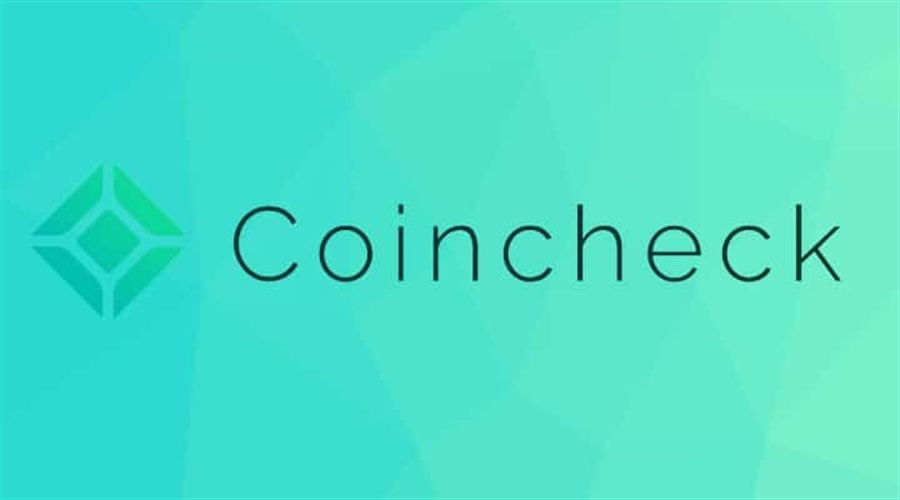Japanese crypto exchange, Coincheck, which is owned by the Monex Group, announced on Tuesday that it will go public through a merger with the blank-check company, Thunder Bridge Capital Partners IV.
Coincheck is a regulated Japanese crypto exchange offering a wide range of services within the digital asset industry. It was bought by the Monex Group in 2018 after the exchange was hacked and struggling with the operations.
Under the new owner, the exchange became one of the largest Japanese crypto exchanges again. It has around 1.5 million verified customers and has handled $130 million worth of trades in the last 24 hours, according to Coinmarketcap.com.
“We at Monex have always pursued new opportunities and global expansion. As the digital economic sphere becomes ever-flatter worldwide, it is an inevitable goal for us to develop the origination and exchange of digital assets,” said Oki Matsumoto, the CEO of Monex Group and the Executive Director of Coincheck.
New Leadership
As per the terms of the deal, Thunder Bridge will provide $237 million in cash to the combined entity. And, Thunder Bridge’s President and CEO, Gary Simanson will become the CEO of the merged entity.
Monex Group currently holds 94.2 percent of Coincheck. After the closure of the merger, it will continue to hold the majority shares with around 82 percent of the new entity.
Meanwhile, American trading platform TradeStation, another Monex subsidiary, is going public with a similar blank-check company merger.
Japanese crypto exchange, Coincheck, which is owned by the Monex Group, announced on Tuesday that it will go public through a merger with the blank-check company, Thunder Bridge Capital Partners IV.
Coincheck is a regulated Japanese crypto exchange offering a wide range of services within the digital asset industry. It was bought by the Monex Group in 2018 after the exchange was hacked and struggling with the operations.
Under the new owner, the exchange became one of the largest Japanese crypto exchanges again. It has around 1.5 million verified customers and has handled $130 million worth of trades in the last 24 hours, according to Coinmarketcap.com.
“We at Monex have always pursued new opportunities and global expansion. As the digital economic sphere becomes ever-flatter worldwide, it is an inevitable goal for us to develop the origination and exchange of digital assets,” said Oki Matsumoto, the CEO of Monex Group and the Executive Director of Coincheck.
New Leadership
As per the terms of the deal, Thunder Bridge will provide $237 million in cash to the combined entity. And, Thunder Bridge’s President and CEO, Gary Simanson will become the CEO of the merged entity.
Monex Group currently holds 94.2 percent of Coincheck. After the closure of the merger, it will continue to hold the majority shares with around 82 percent of the new entity.
Meanwhile, American trading platform TradeStation, another Monex subsidiary, is going public with a similar blank-check company merger.

